VALIDATING PRODUCT IDEAS
THROUGH LEAN USER RESEARCH
Tomer Sharon
Validating Product Ideas
Through Lean User Research
By Tomer Sharon
Rosenfeld Media, LLC
457 Third Street
Brooklyn, New York
11215 USA
On the Web: www.rosenfeldmedia.com
Please send errors to:
Publisher: Louis Rosenfeld
Managing Editor: Marta Justak
Illustrations: Noam Lamdan
Story Photographer: Stephen Dobeck
Interior Layout Tech: Danielle Foster
Cover Design: The Heads of State
Indexer: Sharon Shock
Proofreader: Sue Boshers
2016 Rosenfeld Media, LLC
All Rights Reserved
ISBN: 1-933820-29-2
ISBN-13: 978-1-933820-29-3
LCCN: 2015956988
Printed and bound in the United States of America
To Iris, Alma, Sella, and Segev. You make me brave.
HOW TO USE THIS BOOK
Scan the table of contents to identify a burning question (or questions) you (or your team) currently have about your product users or potential users. Then access the relevant chapter, read its premise, gather your team, roll up your sleeves, and start going through the steps while completing the activities described in them.
Who Should Read This Book?
The book has two groups of very different audiences. The primary audience of the book is product managers and startup founders with no experience in user research. The secondary audience is designers and researchers who are interested in leaner ways of conducting user research.
Product Managers and Startup Founders
Product managers and startup founders have the biggest stake at bringing ideas to life through new products and services. They see the bigger picture; they mostly care about providing value to their users; and they are the ones with the power and authority to make critical product roadmap decisions. Nowadays, many of them understand that one of the most important keys to product success and company growth is great design guided by a solid practice of learning from users.
Designers and Researchers
While not targeting designers and researchers as a primary audience for this book, they also have a keen interest in lean user research. Designers and researchers want to do the following:
Make sure their stakeholders define exactly what research is for prior to conducting it to eliminate waste and avoid drifting to irrelevant explorations.
Focus first and foremost on learning as much as possible about a problem to solve.
Prioritize observed user behavior over attitudes.
Implement fast, nimble techniques that are not necessarily perfect, nor robust. Their stakeholders expect them to discuss needed research in the morning, launch a study in the afternoon, and get results before 4 p.m.
Use jargon-free communication. For that reason, this book has been scanned for jargon, and it uses plain language to educate non-researchers about research.
Facilitate a shared understanding, which is the collective knowledge of the team that builds up over time as the team works together. Shared understanding is the currency of lean user research. Figuring out what humans need, which products meet those needs, and what it means is a team sport. It clarifies what different people in the team learn from research and increases the teams commitment to act on research results.

Whats in This Book?
The book is organized into nine chapters titled as questions you, the reader, might have about your audience (or potential audience). Each chapter is a step-by-step how-to guide that answers the question at stake with 13 user research techniques:
Understanding the need: guide you through answering questions about needs, users, problems, and workflow. You dont have to have a product to answer these questions. They help you explore the world around you before your product exists and figure out if you have a good idea, who it is for, and provide you with insights about what features it should have.
with experience sampling.
with interviewing.
with observation.
with a diary study.
Figuring out the want: is unique. It guides you through answering the question What do people want? with Concierge MVP and Fake Doors Experiments. It is a unique chapter because it will help you with marketing your product rather than designing it, unlike the rest of the chapters in this book.
Evaluating the design: show you how to improve an existing design (either a sketch, mockup, prototype, product structure, or a fully functional product).
with online usability testing.
with A/B testing.
with tree testing, the first-click test, and the lostness metric.
The last chapter of the book answers a question about how to find participants for research, which is the biggest bottleneck of research.
What Comes with This Book?
This books companion website ( rosenfeldmedia.com/books/lean-user-research ) contains additional content. The books diagrams and other illustrations are available under a Creative Commons license for you to download and include in your own presentations. You can find these on Flickr at www.flickr.com/photos/rosenfeldmedia/sets/ .
rosenfeldmedia.com/books/lean-user-research ) contains additional content. The books diagrams and other illustrations are available under a Creative Commons license for you to download and include in your own presentations. You can find these on Flickr at www.flickr.com/photos/rosenfeldmedia/sets/ .
The book is also accompanied by the following:
A dedicated YouTube channel with video content organized by chapter ( bit.ly/validating-youtube ).
An authors website with resources and references organized by chapter ( leanresearch.co ).
Social media channels such as a Facebook page ( Facebook.com/leanresearch ), Twitter ( Twitter.com/tsharon ), and Instagram ( Instagram.com/tsharon ).
FREQUENTLY ASKED QUESTIONS
What is lean user research?
Lean user research is a discipline that provides insights into users, their perspectives, and their abilities to use products and then gives this information to the right people at the right time so that the research is invaluable for developing products. Lean user research focuses on answering three big questions about people: What do people need? (See .)
How is lean user research different than regular user research?
Lean user research is mostly conducted by non-researchers who have burning questions about their audience (or potential audience). They want to answer these questions quickly, effectively, and on their own without hiring a professional. Lean user research is not perfect and can be at times quick and dirty, meaning some corners are cut. For example, since non-researchers might not have very good control of their body language, lean user research calls for more indirect approaches to learning. It values remote techniques over in-person ones (see ).
Does this book include everything I need to know about user research?
No! This is a book for product developers and managers who are not skilled researchers. Therefore, research techniques are described in a relatively prescribed manner, skipping underlying factors, options, and dilemmas. The goal here is to help non-skilled product developers to do their own far-from-being-perfect-yet-effective research. If you want to learn more about research techniques described in this book, there are multiple excellent resources available. These are listed on the companion website at

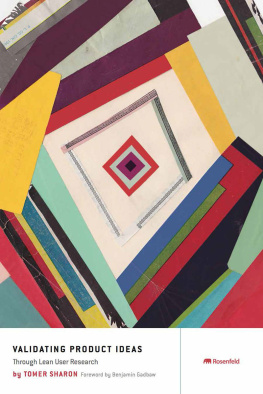
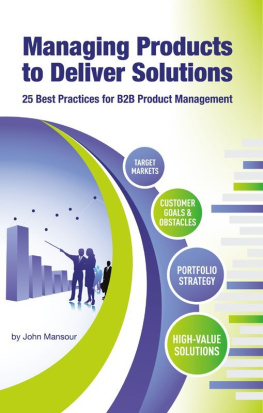
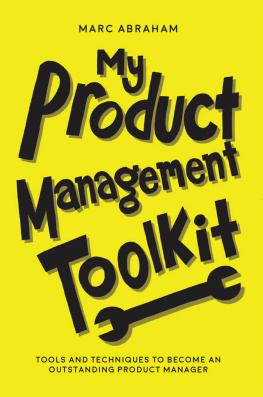

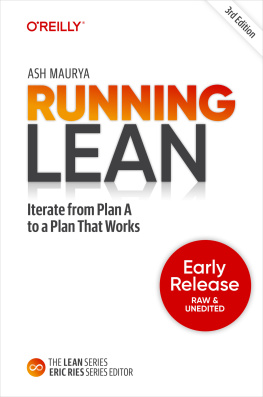

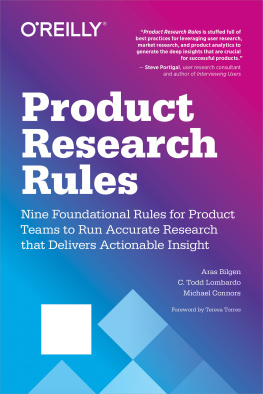
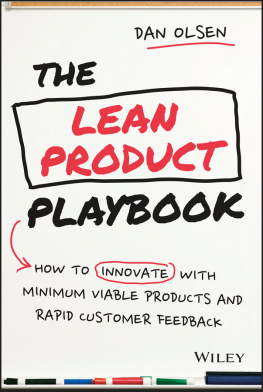

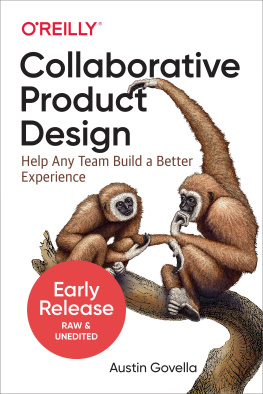
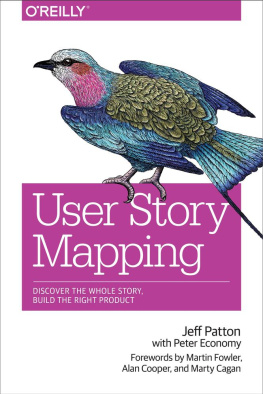


 rosenfeldmedia.com/books/lean-user-research ) contains additional content. The books diagrams and other illustrations are available under a Creative Commons license for you to download and include in your own presentations. You can find these on Flickr at www.flickr.com/photos/rosenfeldmedia/sets/ .
rosenfeldmedia.com/books/lean-user-research ) contains additional content. The books diagrams and other illustrations are available under a Creative Commons license for you to download and include in your own presentations. You can find these on Flickr at www.flickr.com/photos/rosenfeldmedia/sets/ .